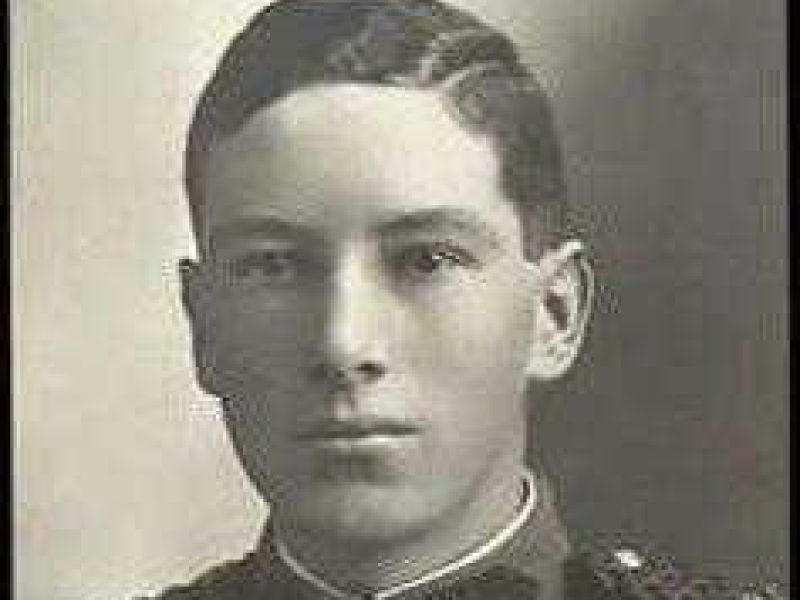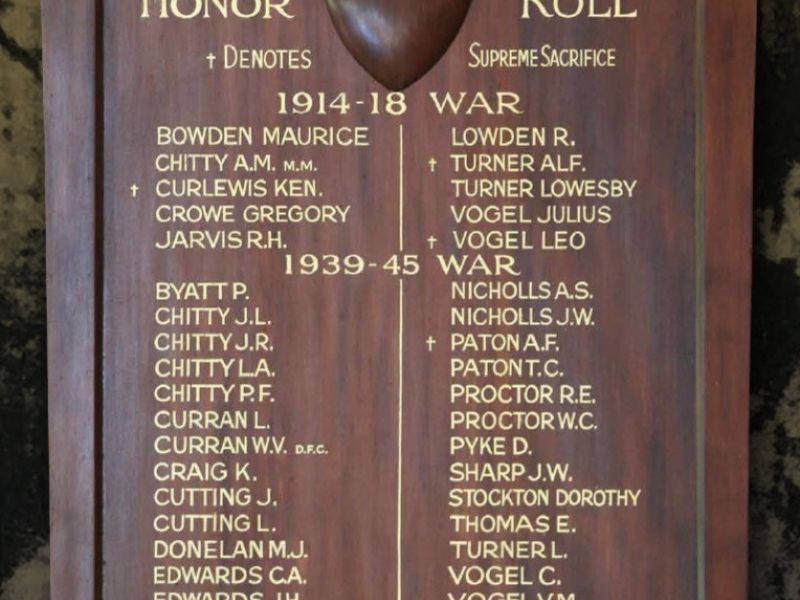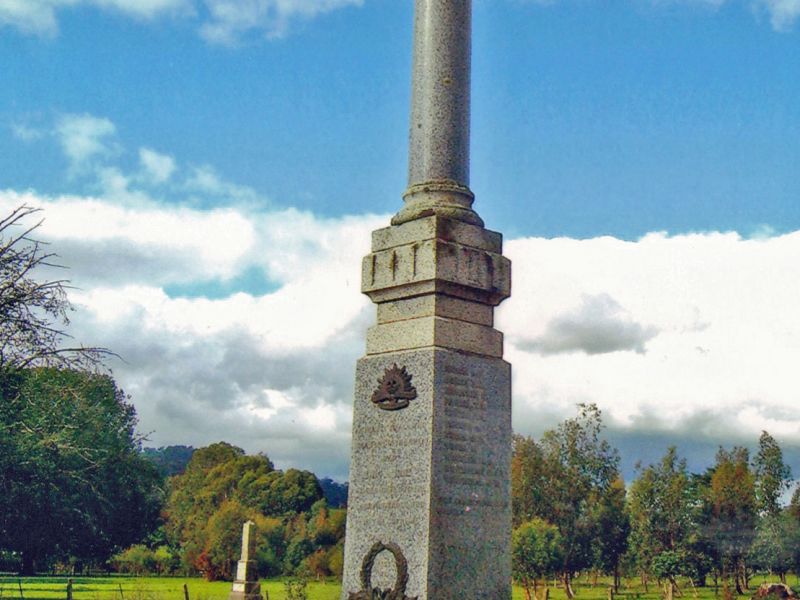Kenneth Curlewis
Ken was born on the 20th of November 1893 at Tintaldra. He was the youngest of six children of Alfred William and Frances Ann (née Graves) Curlewis. He attended Tintaldra School and, after the family moved from the Upper Murray, Dandenong State School. He then studied electrical engineering at the Working Men’s College in Melbourne (now RMIT).
At the time of his enlistment on the 6th of October 1914 he was an electrical engineer, living at 20 Bailey Avenue in Malvern Victoria. He was allocated the Regimental Number 1133 and placed in the 14th Battalion. His initial training was undertaken at Broadmeadows Camp on the outskirts of Melbourne. The 14th Battalion, along with the 13th, 15th and 16th formed the 4th Brigade, under the command of Colonel John Monash, of the 4th Australian Division.
The 14th Battalion embarked on HMAT A38 Ulysses at the Port of Melbourne on the 22nd of December 1914. Along with other troopships it arrived at King George Sound at Albany in Western Australia on the 26th of December. Here, a total of sixteen ships and one submarine (AE2) assembled with other troopships to form the second ANZAC Convoy to leave Australia’s shores. Unlike the first convoy it was not escorted by any warships although at least four of the troopships, including the Ulysses, had been armed by having two 4.7 inch guns , one forward and one aft. The convoy arrived at Suez early on the morning of the 28th of January and, after transiting the canal, arrived at Alexandria five days later.
On April the 1st, while the battalion was camped at Heliopolis, Ken, who was now a sergeant in No. 2 Company, was admitted to hospital. Although the reason was not listed it was serious enough to prevent him from rejoining his battalion until the 25th of May. The 14th Battalion had landed on the Peninsula on the first day of the Campaign. It had also occupied positions at Monash Valley and had spent all of May at Courtney’s Post.
When Ken landed on Gallipoli on the 25th of May he joined his battalion at Courtney’s Post. On the 7th of June Ken was promoted to Company Quarter-master Sergeant. Around this time the battalion moved to Reserve Gully and remained here until early July when they were taken off the Peninsula and taken to the island of Imbros for a well deserved break at the Kephalos Rest Camp. On the 14th of July the battalion moved back to their old positions at Reserve Gully on the Peninsula. As the battalion was preparing for an offensive on Hill 971, Ken was commissioned to the rank of 2nd Lieutenant in D Company, 14th Battalion.
Hill 971, also known as Koja Chemen Tepe, was the highest point of the Sari Bair Ridge. As part of the break-out operations in early August, the 4th Infantry Brigade was allotted this peak as their objective. The intention of the operation was to seize the high ground between Hill 971 and Chunuk Bair in order to secure a drive across the peninsula to capture the forts guarding the Straits.
A witness report in Ken's Casualty Report tells the story of the circumstances of his death.
“About 6 am on 8.8.15 they lined up for a charge on Hill 971. Lts Curlewis and Luscombe, Sgt Kilmartin, Bug. Morgan, and two other men, besides witness (Pte E.E. Bishop) were cut off from the rest of the Battalion. Lieut. Luscombe called for volunteers to follow him. They all (including Lt Curlewis) followed on to a ridge, which they held and sent back for reinforcements, which however they did not get as their messenger never returned. They held the ridge for about half an hour, and were then ordered by Lt. Luscombe to retire, which they proceeded to do. Coming along a gully, Curlewis was hit in the back by a bullet from a machine gun. He fell, apparently dead and did not move. They tried to bring him away, but could not manage it; so they left him. Witness was the only one of the party to get back. Lt Luscombe is, he says, a prisoner of war.”
Four of Ken’s cousins from Western Australia also enlisted. Three of the four, Gordon, Selwyn and Arthur would also be killed during the Gallipoli Campaign.
Ken has no known grave and is remembered on Panel 29 of the Lone Pine Memorial on the Gallipoli Peninsula. He is also remembered on the Australian War Memorial Roll of Honour, the Cudgewa War Memorial, the Tintaldra School Honour Roll, and the Corryong War Memorial. For his service during the war he was awarded the 1914-15 Star, the British War Medal, and the Victory Medal.

 Stephen Learmonth
Stephen Learmonth

